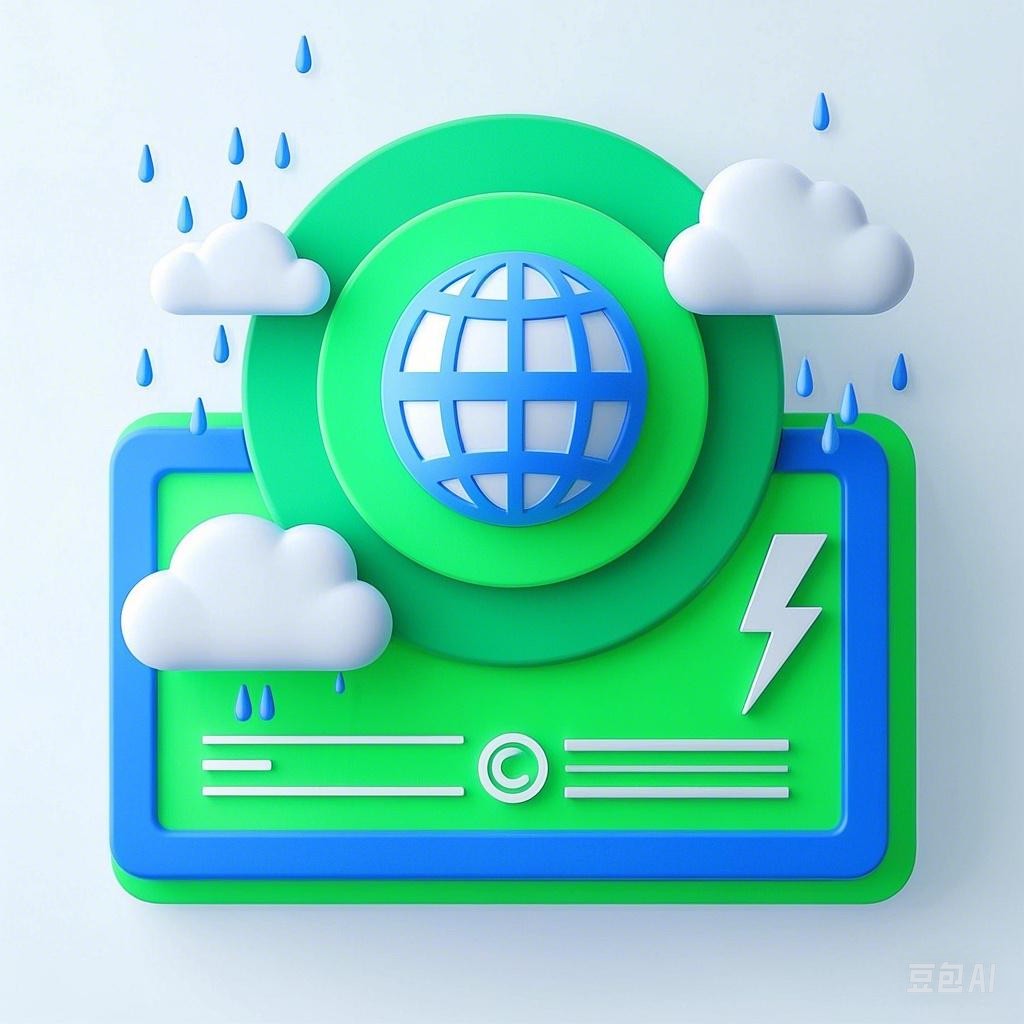Introduction
Natural disasters such as droughts and floods can have devastating effects on communities and ecosystems. Understanding the terminology used to describe these events is crucial for effective communication, disaster management, and awareness. This article aims to provide a comprehensive guide to the English vocabulary used for describing drought and flood disasters, including their causes, impacts, and responses.
Drought
Causes of Drought
- Long-term climatic variability: Changes in weather patterns over extended periods, such as El Niño or La Niña phenomena.
- Short-term weather conditions: Prolonged dry spells, reduced precipitation, or increased evaporation rates.
- Human activities: Deforestation, overgrazing, and excessive water usage.
Types of Drought
- Agricultural drought: A drought that affects crop production due to insufficient rainfall.
- Meteorological drought: A deficiency in rainfall over a specified period.
- Hydrological drought: A reduction in water availability in rivers, lakes, and groundwater sources.
- Socioeconomic drought: The impact of drought on human activities and livelihoods.
Vocabulary for Describing Drought
- Drought: A prolonged period of unusually dry weather.
- Drought-stricken: Affected by drought; suffering from the effects of drought.
- Aridity: The condition of being dry or having little rainfall.
- Drought-resistant: Resilient to drought conditions.
- Desiccation: The drying out or drying process.
- Parched: Extremely dry or thirsty.
Flood
Causes of Flood
- Excessive rainfall: Heavy and prolonged rainfall leading to river overflow.
- Snowmelt: Rapid melting of snow in mountainous areas.
- Storm surges: Rising sea levels caused by storms.
- Human activities: Urbanization, land reclamation, and deforestation.
Types of Flood
- Riverine flood: A flood caused by the overflow of rivers and streams.
- Flash flood: A sudden and intense flood, often caused by heavy rainfall.
- Coastal flood: A flood affecting coastal areas due to storm surges.
- Urban flood: A flood caused by heavy rainfall in urban areas, leading to drainage problems.
Vocabulary for Describing Flood
- Flood: An overflow of water onto normally dry land.
- Deluge: A great or overwhelming flood.
- Inundate: To flood; to cover with water.
- Submerge: To cover with water, often completely.
- Wetland: An area of land covered by water, either permanently or seasonally.
- Breach: A gap or break in a barrier, such as a levee, leading to flooding.
Impacts of Drought and Flood
Drought Impacts
- Agricultural losses: Reduced crop yields and livestock deaths.
- Water scarcity: Limited availability of drinking water and irrigation.
- Economic impact: Loss of livelihoods and decreased productivity.
- Health risks: Increased risk of waterborne diseases.
Flood Impacts
- Property damage: Loss of homes, infrastructure, and personal belongings.
- Health risks: Exposure to contaminated water and injury from debris.
- Displacement: Forced relocation of affected populations.
- Economic impact: Loss of jobs and decreased economic activity.
Response and Recovery
Drought Response
- Water conservation: Encouraging water-saving practices and improving water management.
- Agricultural support: Providing subsidies and technical assistance to farmers.
- Community resilience: Strengthening social support networks and promoting drought-resistant crops.
Flood Response
- Evacuation: Relocating affected populations to safe areas.
- Emergency relief: Providing food, water, and shelter to displaced individuals.
- Infrastructure repair: Restoring damaged infrastructure and improving flood defenses.
Conclusion
Understanding the English vocabulary for describing drought and flood disasters is essential for effective communication, disaster management, and preparedness. By familiarizing oneself with these terms, individuals, communities, and policymakers can work together to mitigate the impacts of these natural calamities and build a more resilient future.
